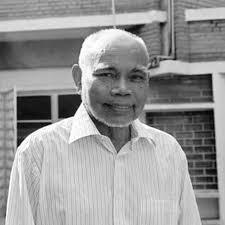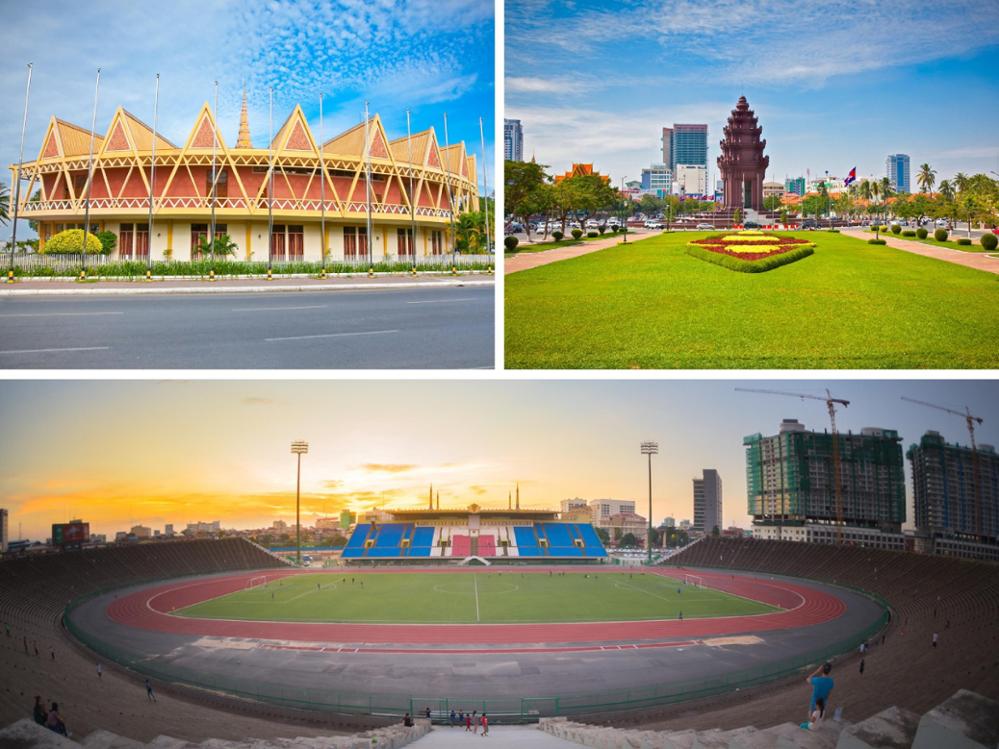
4 key figures of Cambodia to know before arriving
Arriving in Cambodia with a cultural understanding of the country will be a real asset for you. The Khmer people often feel flattered when they see tourists or expatriates curious about a culture that is often unknown to the international community, excluding the globally recognized Angkor site. This effort will likely open doors for interesting conversations and, most certainly, you’ll receive warm, affectionate smiles. Here’s a non-exhaustive list of key figures who have made an impact on Cambodia’s history in various fields.
On the surface, Cambodia today might appear heavily influenced by distant lands. The country has undergone numerous exiles in the 1970s and, in recent times, has seen a steady influx of dual nationals, children of Khmer parents who are greatly influenced by their countries of birth and wish to contribute to their ancestral homeland. Although Cambodia is not the only nation affected in this way, Cambodians live to the rhythm of American social networks, particularly Facebook and YouTube. The former is used intensively by the majority of the population as a free and easily accessible means of communication, allowing people to share their lives, loves, and troubles through photos, instant messages, and status updates. Under French protectorate for 90 years from 1863 to 1953, the country retains many aspects of French culture. To give just one example, pétanque is considered one of the national sports. And of course, it’s impossible not to mention China, which has built entire cities and invested heavily in Cambodia’s territory.
Despite these influences, Cambodians feel a strong sense of national identity and take great pride in a history that is sometimes vague and little known, often because it is very old and not widely taught. They will easily engage in discussions about the Angkor city, knowing that travelers today come to visit this world-renowned site. More discreetly, especially with foreigners, they are also eager to discuss the post-independence (1953) history that has shaped generations still present today. This popular culture is, by definition, more internal, reserved for the country, and thus less shared with the broader world, though still sprinkled with foreign influences. You will surely be pleasantly surprised by their reactions when you bring up figures like Sinn Sisamouth, Pen Ran, and others. These individuals marked their time and brought their people glimpses of a renaissance that was unfortunately crushed during the Democratic Kampuchea period. Your curiosity will certainly be appreciated and will likely lead to some delightful moments.
The Golden Age of Cambodian Music
Cambodian music reached its peak after the country's independence, from the early 1960s until April 17, 1975, when the Khmer Rouge entered Phnom Penh, marking the destruction of art and popular culture. This movement was orchestrated from start to finish by one man: Sinn Sisamouth, the "King of Khmer Music," who led a wave of local artists who became national stars, such as Pen Ran and Ros Sereysothea, both from Battambang and who attended the same school. This golden age can be roughly divided into two parts. The first phase, where traditional music samples reigned and Ros Sereysothea excelled with her high and clear voice, earned her the title "Queen with the golden voice" from King Norodom Sihanouk. The second phase, in the late 1960s and early 1970s, saw Western rock influence, which dramatically altered Cambodia’s musical landscape. This was the time when Pen Ran found her niche. Rejecting societal norms regarding women, she sported various hairstyles, one of which was reminiscent of Jacqueline Kennedy's. She composed many controversial songs, some tinged with sexuality and others challenging traditional imaginations, like "Chnam oun 31" (I’m 31), which described her life as a single woman in her thirties, a situation unimaginable at the time.

These two divas rose to fame in the 1960s (Pen Ran in 1963, Ros Sereysothea in 1967), while Sinn Sisamouth had already been captivating Cambodian hearts for a decade since the country’s independence. The fame of the King of Khmer Music has never been rivaled since his death in 1976. He was, and remains, the undisputed star of Khmer music. He even achieved international success, including in France. Try playing "Aline" by Christophe for people you meet in Cambodia. They’ll probably say : "Sinn Sisamouth!"
This trio even recorded several songs together, like Smak oun mouy, Som neak mok niss, and Kromom tang bey. All three were killed under the Khmer Rouge dictatorship, which specifically aimed to purge the country of its artists. Ros Sereysothea was 29 in 1977, Pen Ran was 33 in 1975, and Sinn Sisamouth was 43 in 1976.
Builder of a new identity
King Norodom Sihanouk became head of state after gaining independence for Cambodia in 1953, holding this position until 1970 when he was deposed. This period, commonly referred to as Sangkum, aimed to build a new Cambodia centered on the search for national identity, economic development through art, culture, and urbanism. Very close to Sihanouk, the famous Khmer architect Vann Molyvann was the principal architect of this renewal. After completing his studies in architecture in France and returning to his homeland in 1956, Vann set out to revive the Cambodian spirit, which had somewhat slumbered under the Protectorate, and to inject youthful energy into the country, aiming to make Cambodia an active and dominant force in Asia.

His first major work, which perfectly aligned with this search for identity, was the construction of the Independence Monument in Phnom Penh in 1958. Other works followed, such as the Chaktomuk Theater in 1961, which still hosts performances by the Royal Ballet of Cambodia, and the Olympic Stadium, built to International Olympic Committee standards and inaugurated in 1964. This architectural genius, who passed away on September 28, 2017, was responsible for a hundred architectural works that modernized and developed Cambodia, both economically and urbanistically, with the goal of reviving a country that had long been under foreign influence, all while remaining mindful of its history.

Vann spent years in exile between 1970 and 1991, escaping the Khmer Rouge and multiple civil wars. Upon his return, he was appointed president of the Authority for the Protection and Management of the Angkor Region (APSARA) and was forced to resign in 2001 after attempting to oppose the construction of numerous hotels near Angkor.
*In Cambodia, the family name is placed before the given name. (Vann is his family name).
